
Until just a couple of months ago, I did not know that the United Nations Educational, Scientific and Cultural Organization (UNESCO), or Organisation des Nations unies pour l’éducation, la science et la culture as it is called in French, has issued its own postage stamps since 1961. These are valid for postage only on mail posted from UNESCO Headquarters or Maison de l’UNESCO at number 7 Place de Fontenoy in Paris, France. In the Scott catalogue, the stamps are “hidden” after the listings for France’s general issue, semi-postal, air post, postage due, and military stamps under the category of official stamps. There have also been stamps released for use solely at the Council of Europe Building in Strasbourg (which I will seek out now that I know about those as well). They are certainly lesser-known than the United Nations stamps from the New York, Geneva, and Vienna offices; I do not recall having noticed spaces for these stamps in any of my childhood albums. The full name of the UNESCO stamp-issuing entity, via Scott, can be termed “France Official Stamps for the United Nations Educational, Scientific and Cultural Organization” but I think I will just call them “UNESCO (France)”.
UNESCO is a specialized agency of the United Nations (UN) based in Paris. Its declared purpose is to contribute to peace and security by promoting international collaboration through educational, scientific, and cultural reforms in order to increase universal respect for justice, the rule of law, and human rights along with fundamental freedom proclaimed in the United Nations Charter. It is the successor of the League of Nations’ International Committee on Intellectual Cooperation. UNESCO has 193 member states and 11 associate members. Most of its field offices are “cluster” offices covering three or more countries; national and regional offices also exist. For example, the UNESCO office in Bangkok, Thailand, is officially called the Regional Bureau for Education in Asia and the Pacific and Cluster Office to Thailand, Burma, Laos, Singapore and Vietnam.
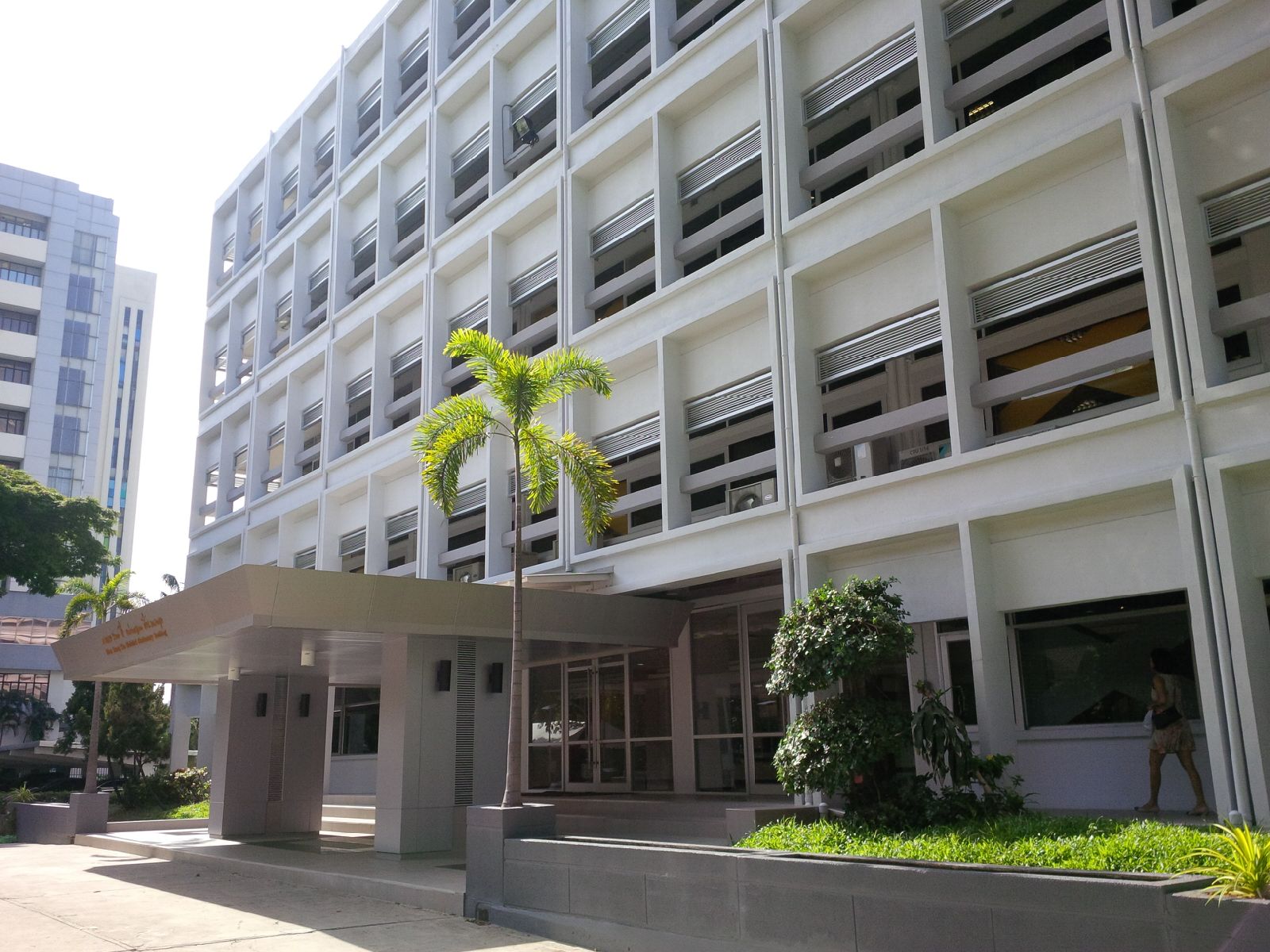
UNESCO pursues its objectives through five major programs: education, natural sciences, social/human sciences, culture and communication/information. Projects sponsored by UNESCO include literacy, technical, and teacher-training programs, international science programs, the promotion of independent media and freedom of the press, regional and cultural history projects, the promotion of cultural diversity, translations of world literature, international cooperation agreements to secure the world’s cultural and natural heritage (World Heritage Sites) and to preserve human rights, and attempts to bridge the worldwide digital divide. It is also a member of the United Nations Development Group.
UNESCO and its mandate for international cooperation can be traced back to a League of Nations resolution on September 21, 1921, to elect a Commission to study feasibility. On December 18, 1925, the International Bureau of Education (IBE) began work as a non-governmental organization in the service of international educational development. However, the onset of World War II largely interrupted the work of these predecessor organizations.
After the signing of the Atlantic Charter and the Declaration of the United Nations, the Conference of Allied Ministers of Education (CAME) began meetings in London which continued from November 16, 1942, to December 5, 1945. On October 30, 1943, the necessity for an international organization was expressed in the Moscow Declaration, agreed upon by China, the United Kingdom, the United States and the USSR. This was followed by the Dumbarton Oaks Conference proposals of October 9, 1944. Upon the proposal of CAME and in accordance with the recommendations of the United Nations Conference on International Organization (UNCIO), held in San Francisco in April–June 1945, a United Nations Conference for the establishment of an educational and cultural organization (ECO/CONF) was convened in London November 1-16, 1945, with 44 governments represented. The idea of UNESCO was largely developed by Rab Butler, the Minister of Education for the United Kingdom, who had a great deal of influence in its development. At the ECO/CONF, the Constitution of UNESCO was introduced and signed by 37 countries, and a Preparatory Commission was established. The Preparatory Commission operated between November 16, 1945, and November 4, 1946 — the date when UNESCO’s Constitution came into force with the deposit of the twentieth ratification by a member state.

The first General Conference took place from November 19 to December 10, 1946, and elected Dr. Julian Huxley to Director-General. The Constitution was amended in November 1954 when the General Conference resolved that members of the Executive Board would be representatives of the governments of the States of which they are nationals and would not, as before, act in their personal capacity. This change in governance distinguished UNESCO from its predecessor, the CICI, in how member states would work together in the organization’s fields of competence. As member states worked together over time to realize UNESCO’s mandate, political and historical factors have shaped the organization’s operations in particular during the Cold War, the decolonization process, and the dissolution of the USSR.
Among the major achievements of the organization is its work against racism, for example through influential statements on race starting with a declaration of anthropologists (among them was Claude Lévi-Strauss) and other scientists in 1950 and concluding with the 1978 Declaration on Race and Racial Prejudice. In 1956, the Republic of South Africa withdrew from UNESCO saying that some of the organization’s publications amounted to “interference” in the country’s “racial problems.” South Africa rejoined the organization in 1994 under the leadership of Nelson Mandela.

UNESCO’s early work in the field of education included the pilot project on fundamental education in the Marbial Valley, Haiti, started in 1947. This project was followed by expert missions to other countries, including, for example, a mission to Afghanistan in 1949. In 1948, UNESCO recommended that Member States should make free primary education compulsory and universal. In 1990, the World Conference on Education for All, in Jomtien, Thailand, launched a global movement to provide basic education for all children, youths and adults. Ten years later, the 2000 World Education Forum held in Dakar, Senegal, led member governments to commit to achieving basic education for all by 2015.
UNESCO’s early activities in culture included, for example, the Nubia Campaign, launched in 1960. The purpose of the campaign was to move the Great Temple of Abu Simbel to keep it from being swamped by the Nile after construction of the Aswan Dam. During the 20-year campaign, 22 monuments and architectural complexes were relocated. This was the first and largest in a series of campaigns including Mohenjo-daro (Pakistan), Fes (Morocco), Kathmandu (Nepal), Borobudur (Indonesia) and the Acropolis (Greece). The organization’s work on heritage led to the adoption, in 1972, of the Convention concerning the Protection of the World Cultural and Natural Heritage. The World Heritage Committee was established in 1976 and the first sites inscribed on the World Heritage List in 1978. Since then important legal instruments on cultural heritage and diversity have been adopted by UNESCO member states in 2003 (Convention for the Safeguarding of the Intangible Cultural Heritage) and 2005 (Convention on the Protection and Promotion of the Diversity of Cultural Expressions).
An intergovernmental meeting of UNESCO in Paris in December 1951 led to the creation of the European Council for Nuclear Research, which was responsible for establishing the European Organization for Nuclear Research (CERN) in 1954.
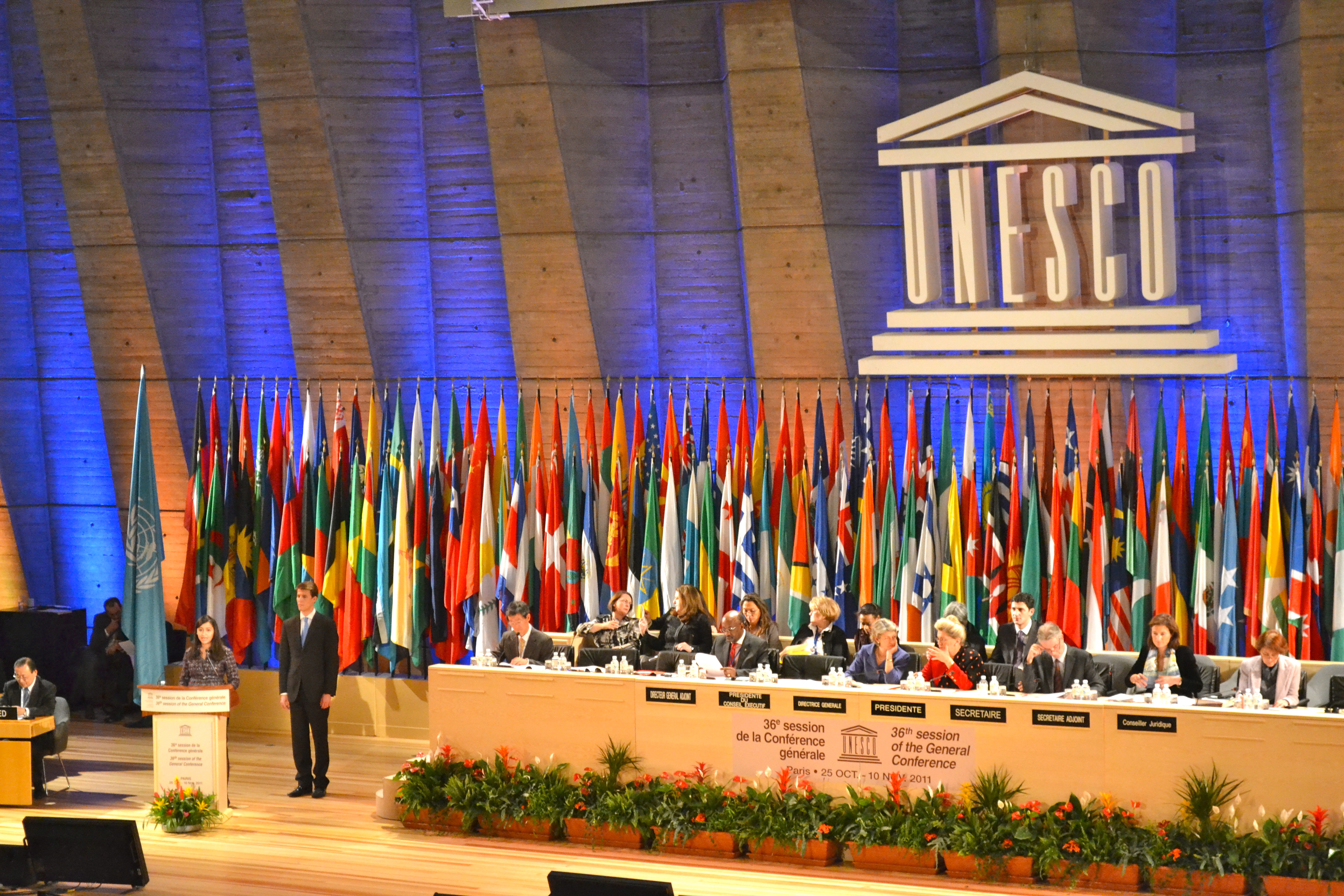
Arid Zone programming, 1948–1966, is another example of an early major UNESCO project in the field of natural sciences. In 1968, UNESCO organized the first intergovernmental conference aimed at reconciling the environment and development, a problem which continues to be addressed in the field of sustainable development. The main outcome of the 1968 conference was the creation of UNESCO’s Man and the Biosphere Programme.
In the field of communication, the “free flow of ideas by word and image” has been in UNESCO’s constitution from its beginnings, following the experience of the Second World War when control of information was a factor in indoctrinating populations for aggression. In the years immediately following World War II, efforts were concentrated on reconstruction and on the identification of needs for means of mass communication around the world. UNESCO started organizing training and education for journalists in the 1950s. In response to calls for a “New World Information and Communication Order” in the late 1970s, UNESCO established the International Commission for the Study of Communication Problems, which produced the 1980 MacBride report (named after the Chair of the Commission, the Nobel Peace Prize laureate Seán MacBride). The same year, UNESCO created the International Programme for the Development of Communication (IPDC), a multilateral forum designed to promote media development in developing countries. In 1991, UNESCO’s General Conference endorsed the Windhoek Declaration on media independence and pluralism, which led the UN General Assembly to declare the date of its adoption, May 3, as World Press Freedom Day. Since 1997, UNESCO has awarded the UNESCO / Guillermo Cano World Press Freedom Prize every May 3. In the lead up to the World Summit on the Information Society in 2003 (Geneva) and 2005 (Tunis), UNESCO introduced the Information for All Programme.
UNESCO admitted Palestine as a member in 2011. Laws passed in the United States in 1990 and 1994 mean that it cannot contribute financially to any UN organization that accepts Palestine as a full member. As a result, it withdrew its funding which accounted for about 22% of UNESCO’s budget. Israel also reacted to Palestine’s admittance to UNESCO by freezing Israel payments to the UNESCO and imposing sanctions to the Palestinian Authority, stating that Palestine’s admittance would be detrimental “to potential peace talks”. Two years after they stopped paying their dues to UNESCO, the United States and Israel lost UNESCO voting rights in 2013 without losing the right to be elected; thus, the U.S. was elected as a member of the Executive Board for the period 2016–2019.

The design of the UNESCO Headquarters building was the combined work of three architects: Bernard Zehrfuss (France), Marcel Breuer (Hungary), and Pier Luigi Nervi (Italy). Plans were also validated by an international committee of five architects composed of Lucio Costa (Brazil), Walter Gropius (United States), Le Corbusier (France), Sven Markelius (Sweden) and Ernesto Nathan Rogers (Italy), with the collaboration of Eero Saarinen (Finland). Inaugurated on November 3, 1958, at number 7 Place de Fontenoy in Paris, France, it is a building that can be visited freely.
The main building, which houses the secretariat, consists of seven floors forming a three-pointed star. To this is added a building called the “accordion” and a cubic building, which is intended for permanent delegations and non-governmental organizations. These buildings occupy a trapezoidal area of land measuring 326,700 square feet (30,350 square meters), cut in the northeast corner of the semi-circular shape of the Place de Fontenoy, a square in the 7e arrondissement of Paris, named after the victory of Maréchal Maurice de Saxe in the Battle of Fontenoy. The UNESCO Headquarters is bordered by avenues of Saxony, Segur de Suffren and Lowendal. The land on which the building is built is the property of the French State. By a decree of December 22, 1952, it was assigned to the Foreign Ministry to put at the disposal of UNESCO. This was done by a lease for a term of 99 years, renewable at a nominal rent (1000 francs per year), near the end of the lease. In addition, the residence of this intergovernmental organization on the French territory is governed by a headquarters agreement that defines its privileges and immunities. Both agreements were signed in Paris in 1954, respectively on June 25 and July 25.
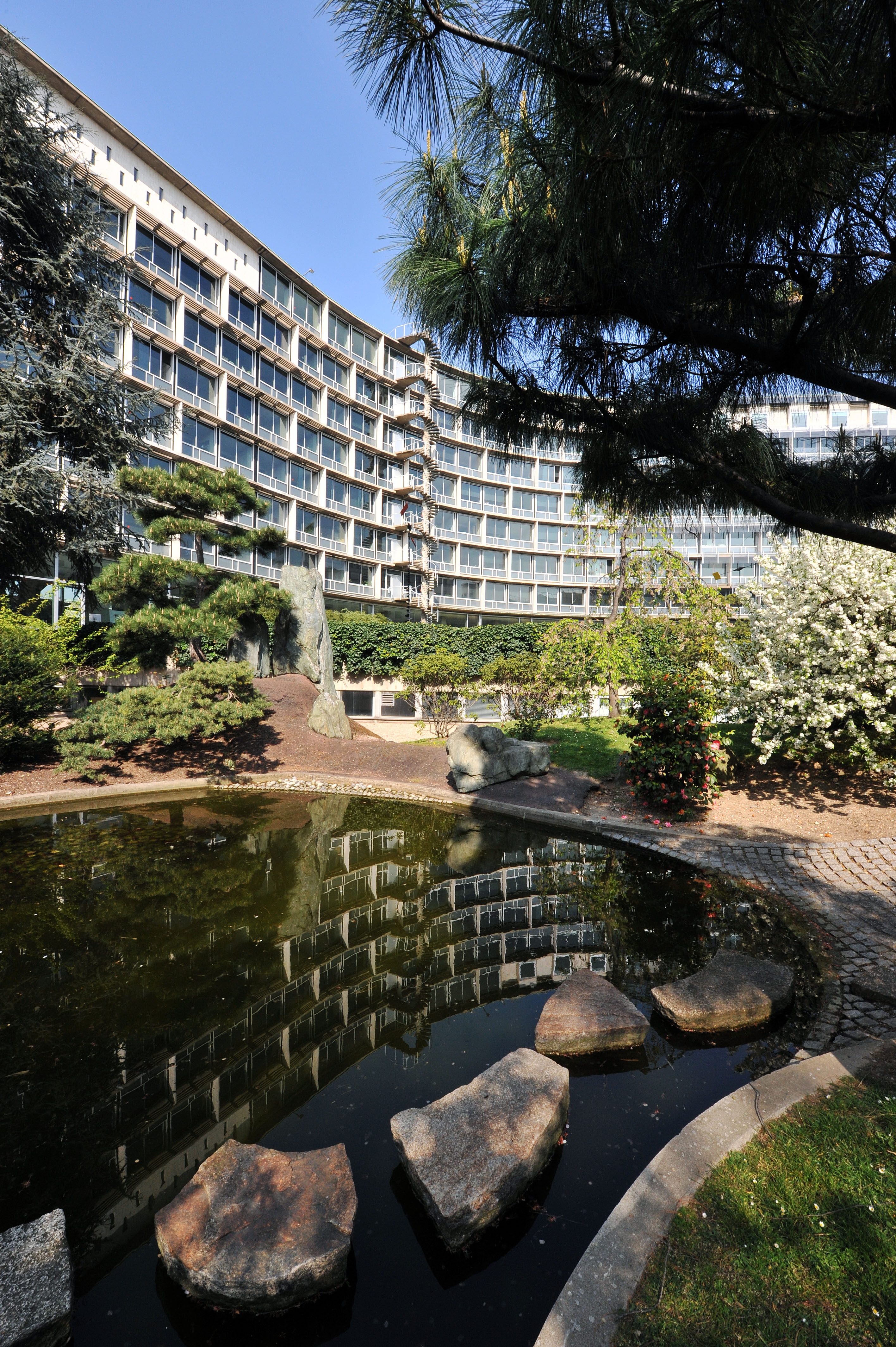
I believe UNESCO might be best known by the general public for its World Heritage Sites. I have avidly visited designated sited ever since I was very young and currently seek out postcards picturing World Heritage Sites, particularly those mailed from the location itself (many have special postmarks). There have been many stamps portraying them as well. A World Heritage Site is a landmark or area which is selected by the United Nations Educational, Scientific and Cultural Organization (UNESCO) as having cultural, historical, scientific or other form of significance, and is legally protected by international treaties. The sites are judged important to the collective interests of humanity.
To be selected, a World Heritage Site must be an already classified landmark, unique in some respect as a geographically and historically identifiable place having special cultural or physical significance (such as an ancient ruin or historical structure, building, city, complex, desert, forest, island, lake, monument, mountain, or wilderness area). It may signify a remarkable accomplishment of humanity, and serve as evidence of our intellectual history on the planet.
The sites are intended for practical conservation for posterity, which otherwise would be subject to risk from human or animal trespassing, unmonitored/uncontrolled/unrestricted access, or threat from local administrative negligence. Sites are demarcated by UNESCO as protected zones. The list is maintained by the international World Heritage Program administered by the UNESCO World Heritage Committee, composed of 21 states parties which are elected by their General Assembly. The program catalogues, names, and conserves sites of outstanding cultural or natural importance to the common culture and heritage of humanity. Under certain conditions, listed sites can obtain funds from the World Heritage Fund. The program began with the Convention Concerning the Protection of the World’s Cultural and Natural Heritage, which was adopted by the General Conference of UNESCO on November 16, 1972. Since then, 193 state parties have ratified the convention, making it one of the most widely recognized international agreements and the world’s most popular cultural program.
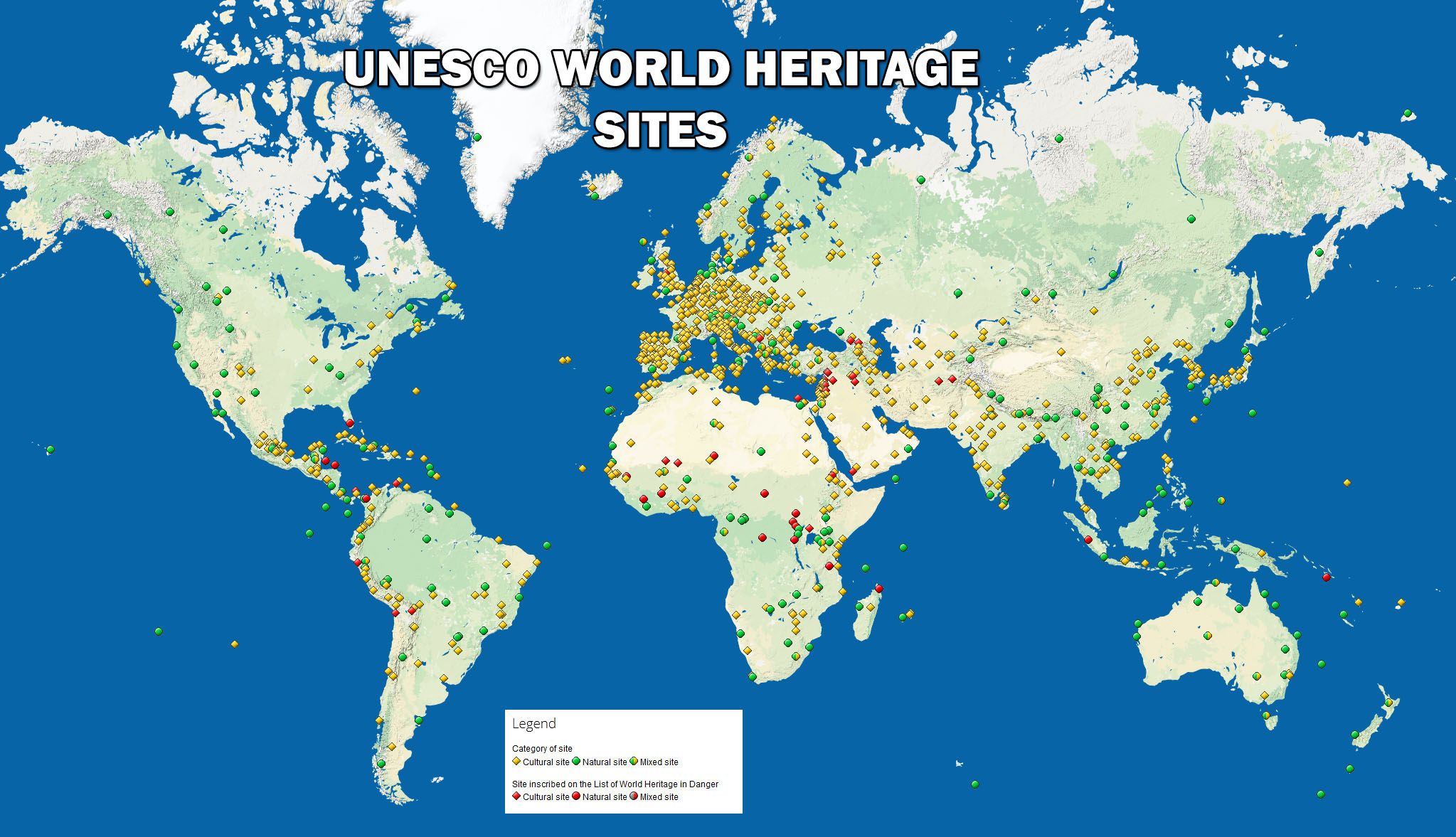
As of July 2018, a total of 1,092 World Heritage Sites (845 cultural, 209 natural, and 38 mixed properties) exist across 167 countries. The World Heritage Committee has divided the world into five geographic zones which it calls regions: Africa, Arab states, Asia and the Pacific, Europe and North America, and Latin America and the Caribbean. Italy, with 54 sites, has the most of any country, followed by China (53), Spain (47), France (44), Germany (44), India (37), and Mexico (35).
The first UNESCO stamps were a set of three stamps issued on January 21, 1961, portraying the statue heads of a Khmer Buddha and of Hermes as sculpted by Praxiteles (France Scott #2O1, 2O2, and 2O4; please note that the “O” is the letter, not the number “zero”). Two additional values with the same design were released on January 23, 1965 (Scott #2O3 and 2O5). Khmer Buddha statues are famous for their ability to express intense spirituality via beaming expressions and were sculpted with the originality of Khmer culture which then went beyond religious representation. Khmer Buddhist art and artistic styles flourished by the 10th century and it can be seen in various textile and non-textile weavings, ceramic and lacquer Buddha statues, and silverware. The best known Cambodian Buddha statues adorn the temples of Angkor which have survived for centuries which eliminated the need for replacement causing the traditional stone carving of the Buddha statues to be almost obsolete in modern times. Hermes and the Infant Dionysus, also known as the Hermes of Praxiteles or the Hermes of Olympia is an ancient Greek sculpture of Hermes and the infant Dionysus discovered in 1877 in the ruins of the Temple of Hera, Olympia, in Greece. It is displayed at the Archaeological Museum of Olympia. It is traditionally attributed to Praxiteles and dated to the 4th century BC, based on a remark by the 2nd century Greek traveller Pausanias, and has made a major contribution to the definition of Praxitelean style. Its attribution is, however, the object of fierce controversy among art historians.
On December 17, 1966, UNESCO issued three stamps picturing a book and a globe to commemorate the 20th anniversary of the organization (Scott #2O6-8). These were followed on March 8, 1969, with three stamps for the Universal Declaration of Human Rights; an additional denomination utilizing the design was added on February 13, 1971 (Scott #2O9-12). Three more stamps with this design were issued on November 15, 1975, with the previous REPUBLIQUE FRANÇAISE inscription now reading simply FRANCE (Scott #2O13-15). Three stamps bearing a stylized plant, the Sun and atmospheric layers of the Earth were released on October 23, 1976, with two additional values issued on October 13, 1976 (Scott #2O16-20). Following that, a nearly annual series of stamps began on November 17, 1980, picturing UNESCO World Heritage Sites. There have been two or three stamps issued almost every year since then (except for 1988, 1989, 1992, 1994. 1995, 1999, 2000, 2002, 2004, and 2018). The sole UNESCO stamp last year was released on September 7, 2018, with the French inscription NOUS SOMMES LA BIOSPHERE (“We Are the Biosphere”). It is listed in the Stamp World.com online catalogue as the 81st stamp issued by this entity. As there are no rarities in the UNESCO releases, this should be an easy issuer to collect to completion.

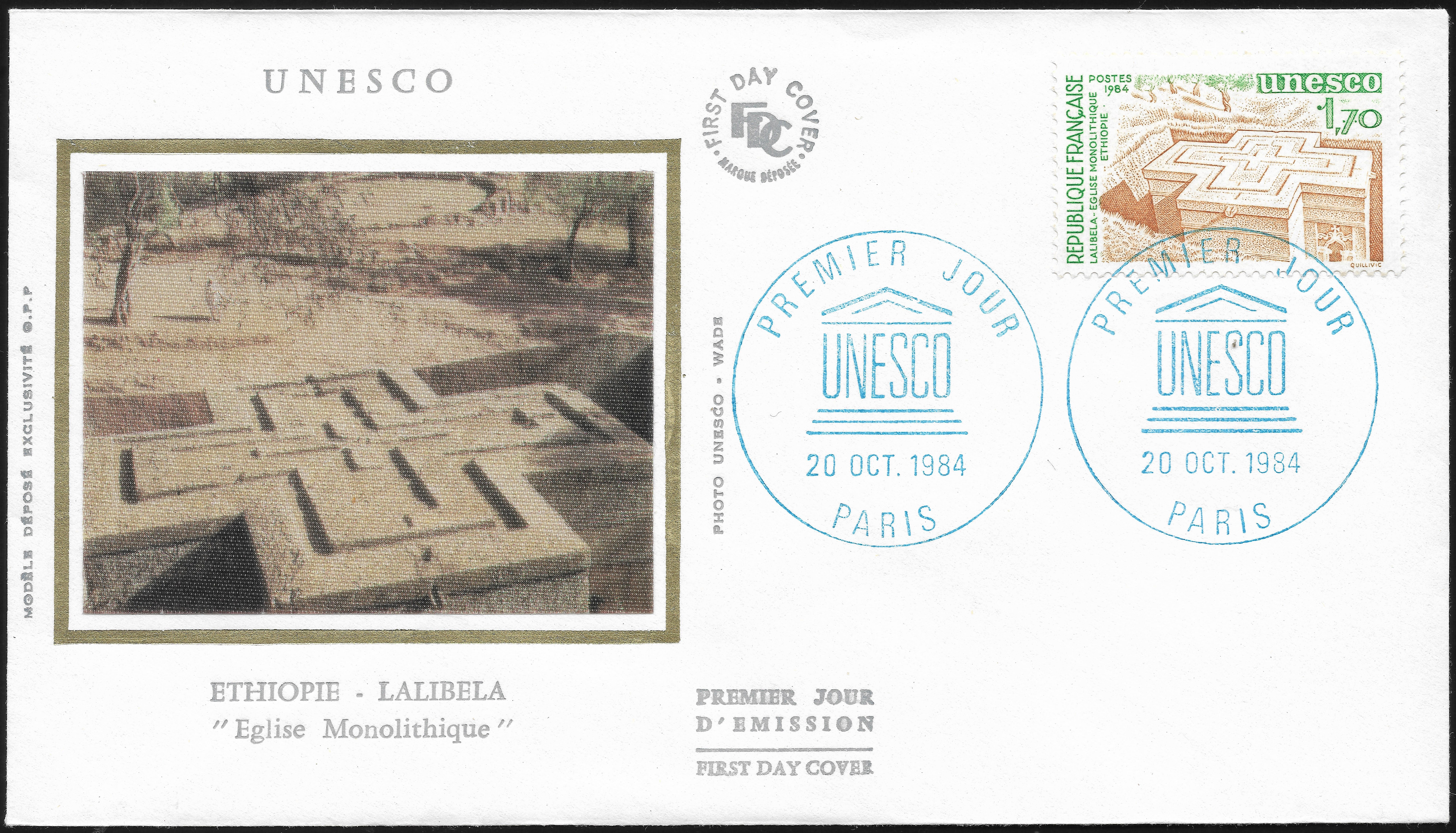
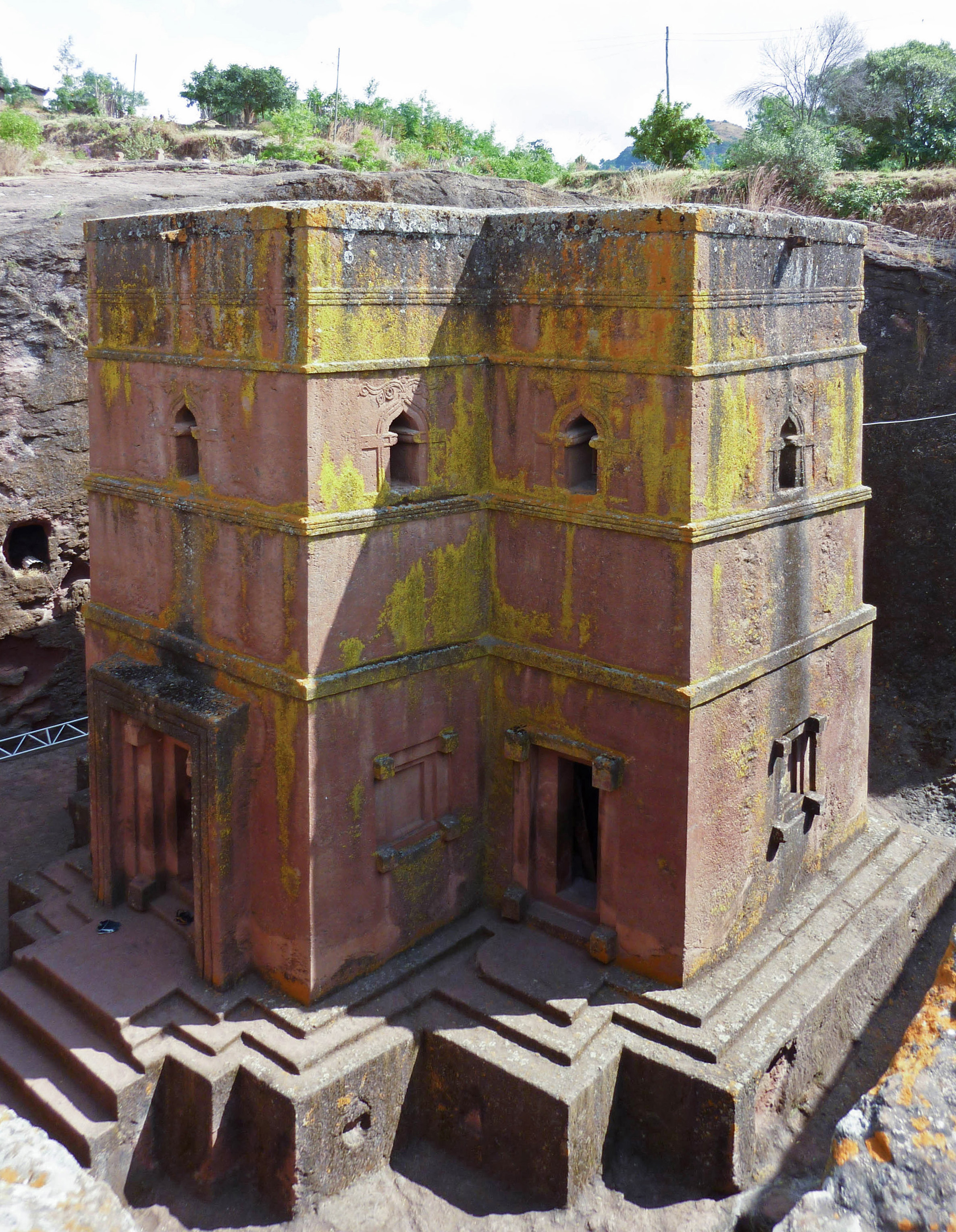
My introduction to UNESCO stamps came via the purchase of first day covers for the three stamps released in 1984 (the year I graduated high school). These were released on October 20, 1984, recess printed in sheets of 50 and perforated 13 x 12½. The 1,70-franc low value depicts the roof of the Church of Saint George, one of many churches hewn into the rocky hills of Lalibela in Ethiopia (Scott #2O29). The Church of Saint George was carved from a type of volcanic tuff — the sole architectural material that was used in the structure. It has been dated to the late 12th or early 13th century AD, and thought to have been constructed during the reign of King Gebre Mesqel Lalibela, of the late Zagwe dynasty. It is among the best known and last built of the eleven churches in the Lalibela area, and has been referred to as the “Eighth Wonder of the World”.
Lalibela, King of Ethiopia, sought to recreate Jerusalem, and structured the churches’ landscape and religious sites in such a way as to achieve such a feat. “The churches at Lalibela are clustered in two major groups, one representing the earthly Jerusalem, and the other representing the heavenly Jerusalem. Located directly between them is a trench representing the River Jordan”. The dimensions of the trench are 25 meters by 25 meters by 30 meters, and there is a small baptismal pool outside the church, which stands in an artificial trench. Lalibela is a pilgrimage site for members of the Ethiopian Orthodox Tewahedo Church; the church itself is part of the UNESCO World Heritage Site called “Rock-Hewn Churches, Lalibela” which was inscribed onto the list in 1978.
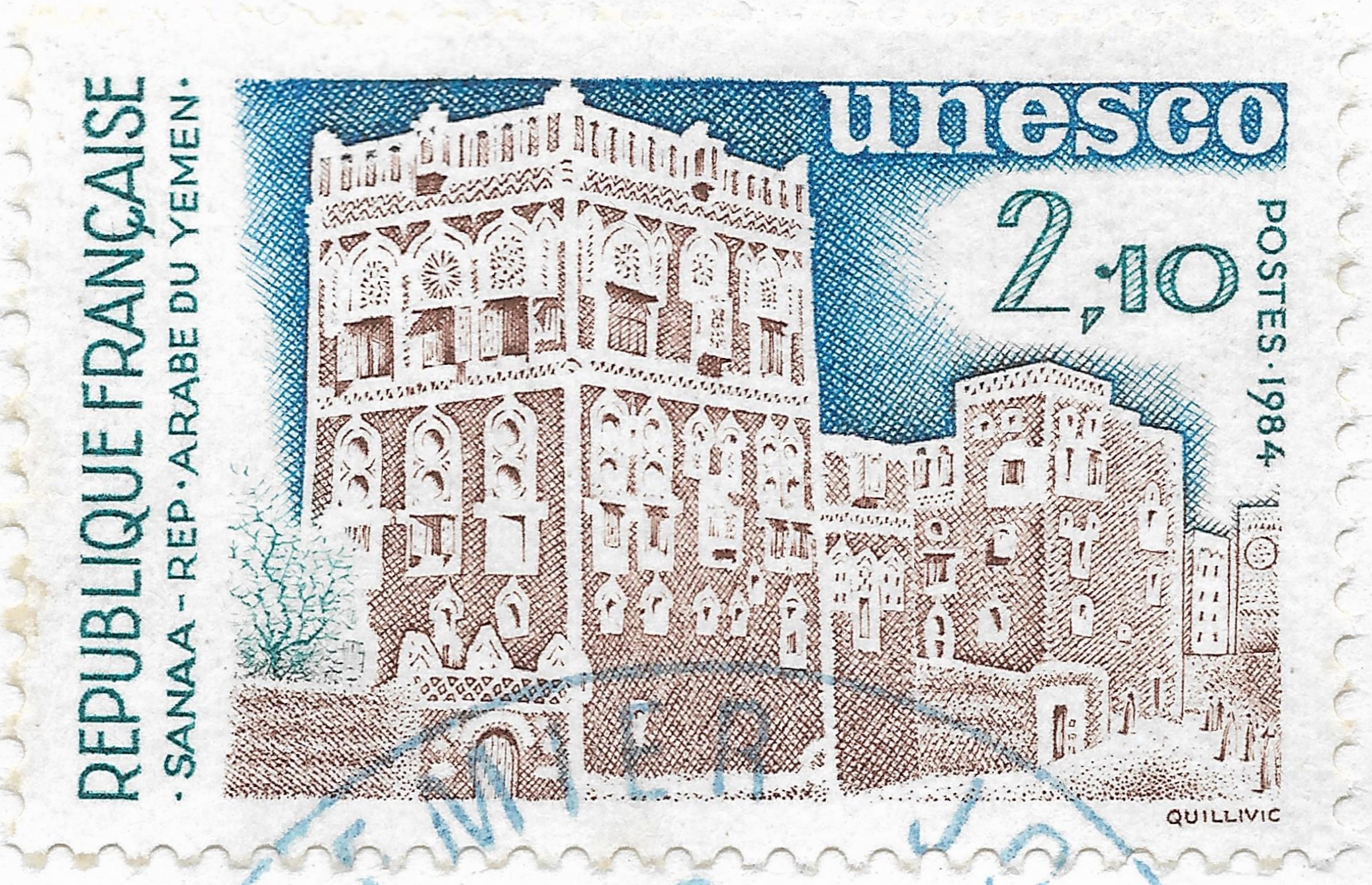

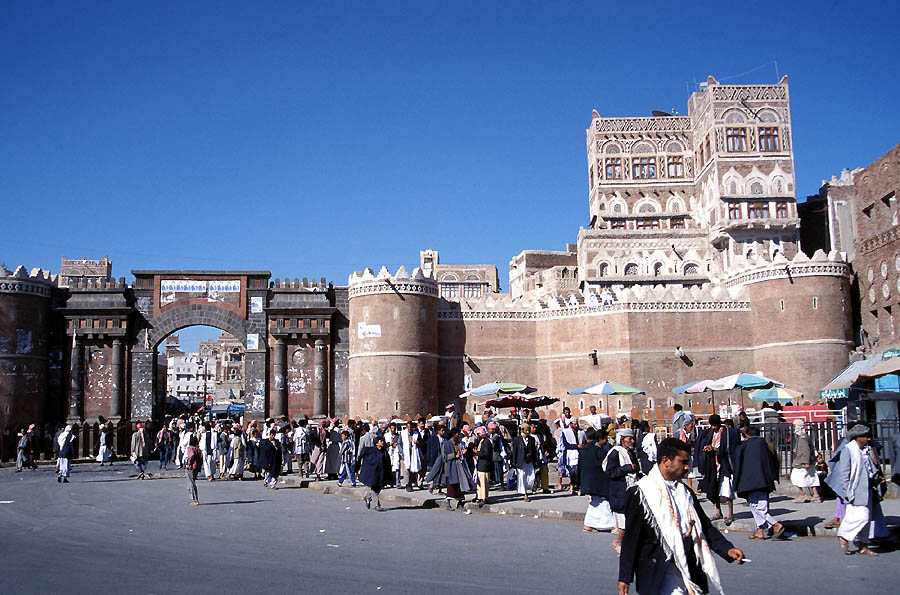
The 2,10-franc denomination in the 1984 UNESCO World Heritage Sites series features the Old City of Sana’a, inscribed in 1986 (Scott #2O32). The issuance of the stamp actually helped it achieve World Heritage status. Situated in a mountain valley, Sana’a has been continuously inhabited for more than 2,500 years. It became a center for the spread of Islam in the 7th and 8th centuries. The city is home to unique rammed-earth tower-houses, in addition to 103 mosques and 14 hammams built before the 11th century. Sanaʽa is one of the oldest continuously inhabited cities in the world. At an elevation of 7,500 feet (2,300 meters), it is also one of the highest capital cities in the world (being the capital of the Republic of Yemen), and is next to the Sarawat Mountains of Jabal An-Nabi Shu’ayb and Jabal Tiyal, considered to be the highest mountains in the country and amongst the highest in the region. Sanaʽa has a population of approximately 3,937,500 (2012), making it Yemen’s largest city.
The Old City has a distinctive architectural character, most notably expressed in its multi-story buildings decorated with geometric patterns. In the conflict that raged in 2015, bombs hit UNESCO sites in the old city. The stamp pictures a towering house adjacent to Bab al-Yaman (باب اليمن),the main gate of the city’s old fortified wall, on the southern extremity of the walled city, its current design built in the 17th century by the Turks. Today, it is the most ornate of the gates of Sana’s Old City.

Today’s featured stamp portrays the Church of Saint Mary by the River in Kotor, part of Yugoslavia when the 3,00-franc Scott #2O35 was released in 1984 but now a city located in Montenegro. Kotor (Котор in Montenegrin Cyrillic and called Cattaro in Italian) is a coastal town in Montenegro. It is located in a secluded part of the Bay of Kotor, surrounded by fortifications built during the Venetian period. This is one of the most indented parts of the Adriatic Sea and some have called it the southern-most fjord in Europe, but it is a ria, a submerged river canyon. Together with the nearly overhanging limestone cliffs of Orjen and Lovćen, Kotor and its surrounding area form an impressive landscape.
Since the early 2000s, Kotor has seen an increase in tourists, many of them coming by cruise ship. Visitors are attracted by the natural environment of the Gulf of Kotor and by the old town of Kotor. My younger sister visited there several years ago and brought me back a postcard on which can be glimpsed the church tower portrayed on this stamp.

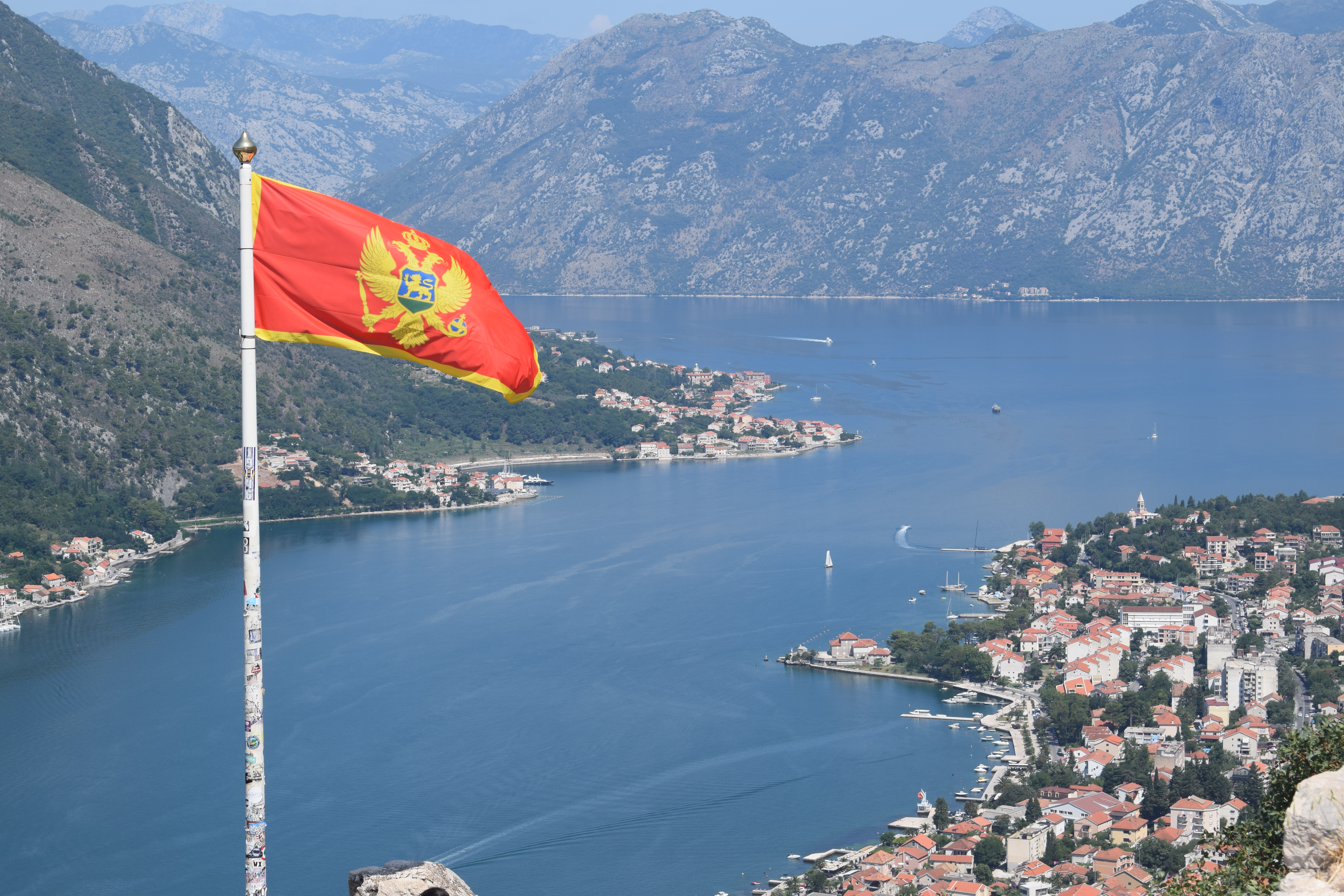
The Natural and Culturo-Historical Region of Kotor is the name of the World Heritage Site located there. It was inscribed in 1979 and encompasses the old town of Kotor, the Venetian fortifications of Cattaro, and the surrounding region of the inner Bay of Kotor, including the islets of St. George (Sveti Đorđe) and Our Lady of the Rocks (Gospa od Škrpijela). The Bay of Kotor, a strategic natural harbor in the Eastern Adriatic, was an important center of arts and commerce during the Middle Ages. The value of the region is embodied in the quality of the architecture in its fortified and open cities, settlements, palaces and monastic ensembles, and their harmonious integration to the cultivated terraced landscape on the slopes of high rocky hills. The site includes the cities of Kotor, Perast, and Risan, as well as the fortifications of Kotor. Between 1979 and 2003, the site was listed as endangered due to the damage caused by an earthquake on April 15, 1979. Minor modifications of the site boundaries took place in 2012 and 2015.
The heritage site faces challenges in a number of ways. Natural dangers such as erosion and earthquakes will always remain a threat. More acute, however, is the impact of human activity. Thus some urban development has been noted to be incongruent with the goals of preservation. An issue has been a proposed bridge across the Verige strait between Cape St. Nedjelja and Cape Opatovo which would facilitate traffic of the Adriatic Highway that currently utilizes a ferry system to cross the bay. When the site was inscribed in 1979, it was done so based on its cultural values; a 2008 UNESCO Mission Report suggests to also consider its outstanding value as a “cultural landscape” which may lead to a re-submission.



The Church of Saint Mary’s is located in the Old Town of Kotor in the northern side next to the Sea Gate. The church is the most popular sightseeing site, built in 13th century on the site of an earlier cathedral in honor of St. Mary Construction was began in 1221 on the site of an Early Christian basilica dating to the 6th century. The baptistery and some fragments of church furniture were found near the ancient basilica’s base and can be seen in the sacristy five feet below the existing bottom level. The facade of the church is made of interleaved horizontal rows of pink and grey stone, with the gabled roof and dome covered with stone tiles. A notable detail of the exterior are the original molded doors with 24 hammered images depicting scenes of life in Old Kotor. The frescoes of the temple were made by Greek artists in the 14th century. The church also houses the incorrupt body of Blessed Osanna of Cattaro (Ozana Kotorska), a Catholic visionary and anchoress from Kotor born on November 25, 1493.
Blessed Osanna was a teenage convert from Orthodoxy and became a Dominican tertiary. Over the course of her holy life, the people of Kotor came to call her “the trumpet of the Holy Spirit” and the “teacher of mysticism.” People from all walks of life came to her for advice, and she interceded particularly for peace in the town and among feuding families. Therefore, she was also called “the Virgin Reconciler” and the “Angel of Peace.” Following her death on April 27, 1565, her body was kept in the Church of St. Paul until 1807, when the French Army converted the church into a warehouse. It was then brought to the Church of St. Mary. The people of Kotor venerated her as a saint. In 1905, the process for her beatification began in Kotor and was successfully completed in Rome. In 1927, Pope Pius XI approved her cultus, and in 1934, she was formally beatified.

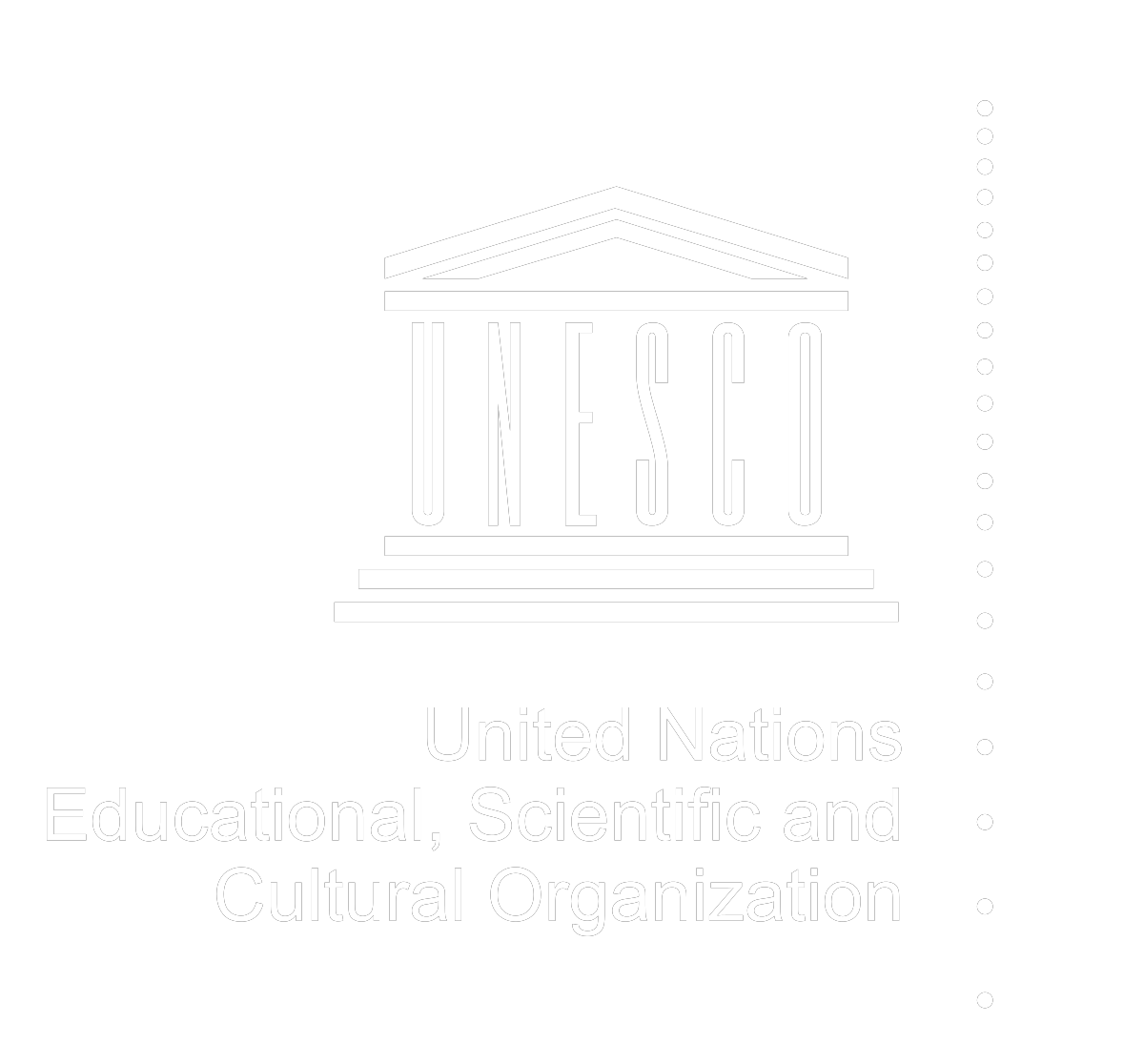





Hi, Thanks a lot for such a nice informative article. Can you please tell me, from where I can find a reference that the UNESCO issue of France is only for the use from the UNESCO Headquarter and under which agreement, French post office is issuing stamps for UNESCO. I would really appreciate if you can provide me some references
LikeLike